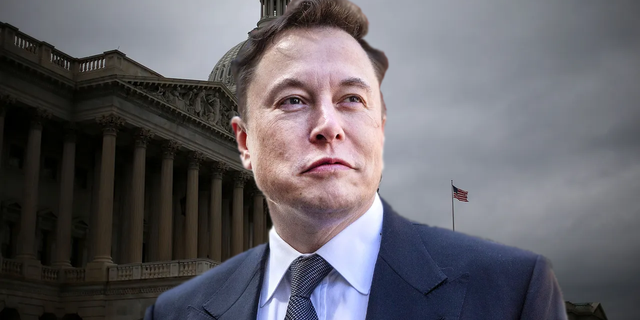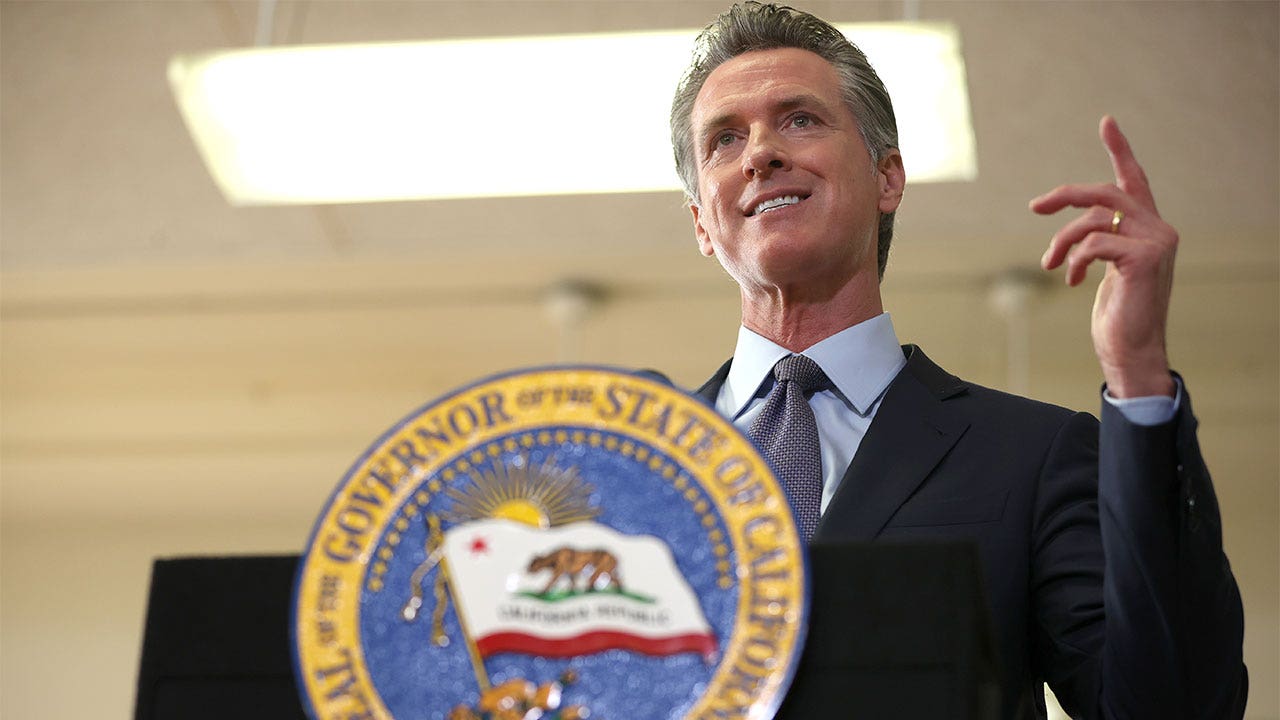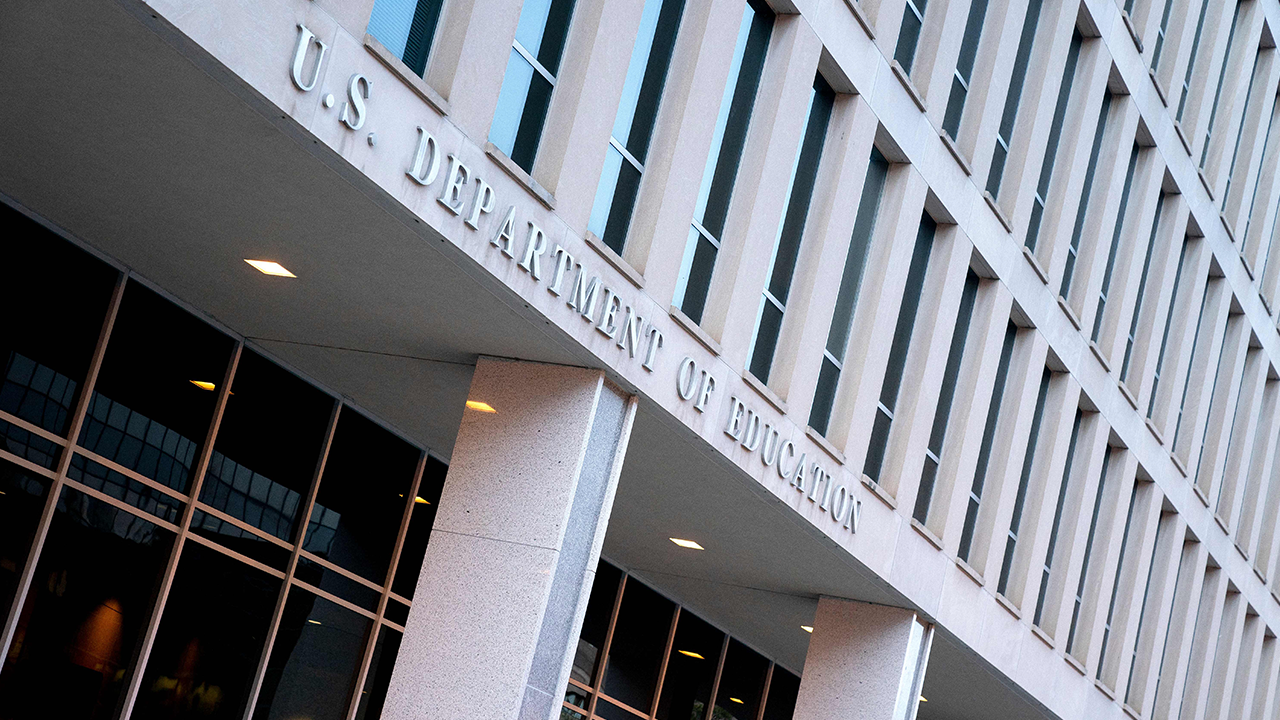According to the United Nations, the world’s population just surpassed 8 billion on Nov. 15, 2022. This milestone, of course, is being condemned in some quarters as a threat to “sustainable development” and global standards of living.
Some neo-Malthusians are using the occasion to raise alarm about the dangers of overpopulation to the global food supply and warn of impending famine. Should we take any of this hand-wringing seriously?
Tesla CEO Elon Musk recently tweeted, “A collapsing birth rate is the biggest danger civilization faces by far.” He continued, “Far too many people are under the illusion that Earth is overpopulated, even though birth rate trends are so obviously headed to population collapse.”

Newborns in a hospital nursery.
(ER Productions Limited via Getty Images)
Musk has been issuing such warnings for years, with some commentators ridiculing him in return.
Musk often does not elaborate further, except for stating the obvious: no people, no future. Or as he tweeted earlier this year, “unless something changes to cause the birth rate to exceed the death rate, Japan will eventually cease to exist. This would be a great loss for the world.” He makes a good point.
An average fertility rate of 2.1 children per woman per lifetime is needed to keep population at a replacement level. And while it is true that the world’s population is still expanding, fertility rates in many of the world’s most advanced nations are indeed collapsing.
The Japanese fertility rate, for example, is 1.4. It is 0.9 in South Korea, 1.2 in Spain and 1.3 in Italy. The world’s population, in the meantime, will likely peak at 9.8 billion people at around 2080 and fall to 9.5 billion by 2100 in the medium-fertility scenario calculated by demographer Wolfgang Lutz and his colleagues at the International Institute for Applied Systems Analysis.

Tesla CEO Elon Musk recently tweeted, "A collapsing birth rate is the biggest danger civilization faces by far."
(Mark Wilson/Getty Images)
Does population growth matter beyond Musk’s existential concerns? Yes, because population and economic growth rates are intimately connected.
Prior to 1750, the Bank of England found that the global GDP growth per person averaged 0.01%, thus doubling every 6,000 years. Since 1750, it averaged 1.5%, thus doubling every 50 years. It is not coincidental, my co-author and I argue in “Superabundance: The Story of Population Growth, Innovation, and Human Flourishing on an Infinitely Bountiful Planet,” that the growth in GDP per person went hand-in-hand with population growth, which languished around 0.5 billion between the time of Christ and the 1600s, rose to 1 billion in 1800, and exploded to 8 billion in 2022.
CHINA’S POPULATION EXPECTED TO DIP AHEAD OF 2025: OFFICIAL
The key to understanding the connection between population and economic growth rates rests in the crucial role played by innovation.
In his 2016 book, “A Culture of Growth: The Origins of the Modern Economy,” Northwestern University economic historian Joel Mokyr distinguished between (Adam) “Smithian” growth that’s based on the division of labor and trade, and (Joseph) “Schumpeterian” growth that’s based on “creative destruction” and new ideas. To appreciate the difference, think of the output of a miner wielding a pickaxe and a miner using an electric drill. To be sure, people have always innovated (just think of the eyeglasses that were developed in Northern Italy in the 13th century). But a period of sustained innovation, which separates the last 200 years from the previous millennia, is truly new.

A farmer walks along one of his corn fields in Okawville, Illinois, Oct. 16, 2013.
(AP)
In our book, we examined the prices of hundreds of commodities, goods and services spanning two centuries. This analysis found that everything from food and fuel to minerals and metals became much more abundant as the population grew. That was especially true when we looked at “time prices,” which represent the length of time that people must work to buy something. In fact, our analysis of 18 randomly chosen datasets going back to 1850 suggests that every 1% increase in population reduces the time price of goods and services by over 1%. Furthermore, we found that abundance increased faster than the population – a relationship that we call “superabundance.”
The day may come when artificial intelligence starts producing new ideas. In the meantime, we must rely on the human brain. As the British author Matt Ridley wrote in his 2020 book, “How Innovation Works: And Why It Flourishes in Freedom,” “Innovation is the most important fact about the modern world, but one of the least well understood.” What we can say is that a population of 1 billion is sure to produce fewer useful ideas than a population of 10 billion, and that would retard economic growth.
CLICK HERE TO GET THE OPINION NEWSLETTER
But large populations are not enough to sustain superabundance – just think of the poverty in China and India before liberalization. To innovate, people must be allowed to think, speak, publish, associate and disagree. They must be allowed to save, invest, trade and profit.
The threat to humanity, therefore, goes beyond our collapsing fertility rates. Superabundance also depends on human freedom and equal dignity, which started in Western Europe during the Enlightenment and then spread elsewhere.
To the extent that freedom and dignity are in retreat, and the values of the Enlightenment are under attack, we should all share Elon Musk’s concern over the future of our species.
 Iktodaypk Latest international news, sport and comment
Iktodaypk Latest international news, sport and comment






